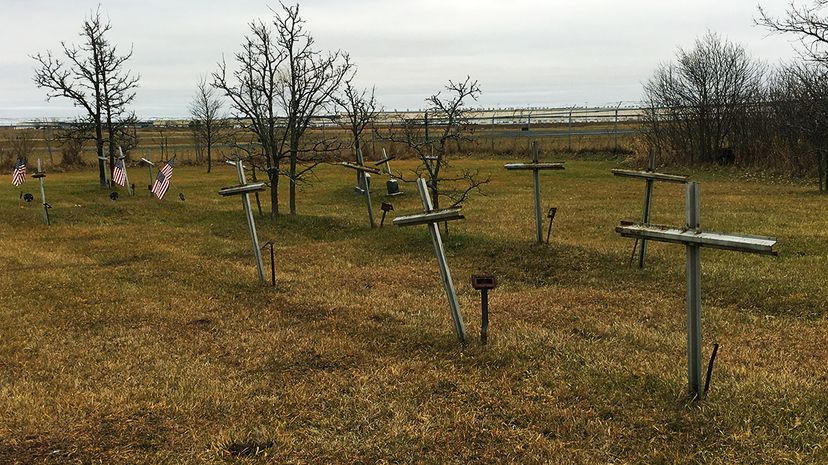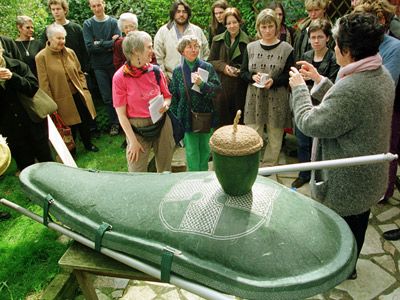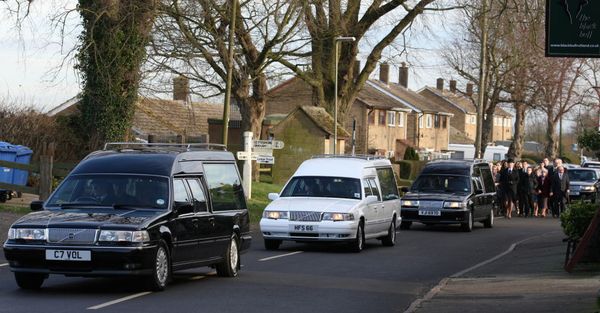
How do cities deal with the bodies of the unclaimed dead, including the homeless, unidentified and unknown? Cities have always had a protocol for making sure everyone — even the nameless and faceless — has an eternal resting place.
In biblical times, and before refrigeration or embalming, the dead had to be buried as quickly as possible, says cemetery writer Loren Rhoads. All bodies went into the same burial ground. "If you were part of the community, [you were] buried together," she says. "If you were a stranger or traveling through or whatever, you got the outskirts of the burial ground." That practice continued into Medieval Europe.
Advertisement
Cemeteries started taking shape in the 1620s in New Amsterdam, a Dutch settlement that eventually became New York City. Burial grounds at churches there designated separate land for strangers. Rhoads says these New Amsterdam cemeteries are the first accounts she has found in the United States of potter's fields — burial places for people who remained unclaimed, usually because they were unidentified or didn't have enough money for a cemetery plot.
"They were drawing a distinction between the people that belonged and the people that didn't belong," says Rhoads, whose latest book is "199 Cemeteries to See Before You Die."
Advertisement

